WELCOME TO THE NORTH DOWNS AND VILLAGES
The North Downs is perhaps the less well-known sister of the South Downs, but this ridge of chalk hills is a majestic feature of our landscape, rising high above Folkestone and providing spectacular views across the countryside and out to sea.
We have our own loop of the North Downs Way, a route that has been walked (and later cycled!) for thousands of years, and the area is home to a number of beautiful, hardly touched villages offering a real insight into Kentish country living.
THE NORTH DOWNS WAY
Following the crests of the hills, the North Downs Way actually stretches from the White Cliffs of Dover to the Surrey/London borders. The ancient chalk landscape is incredibly rich in wildflowers and insects and is a site of European importance for wildlife.
Orchids abound, including the early purple orchid, common spotted orchid, fragrant orchid, and is one of the few places in the country where the late spider orchid can be found.
Highlights along the way include Farthing Common with amazing views, the Roman road of Stone Street and, of course, the Folkestone White Horse.
For details of suggested routes (including advice on difficulty level, accessibility and pit stops along the way) visit www.northdownsway.co.uk.
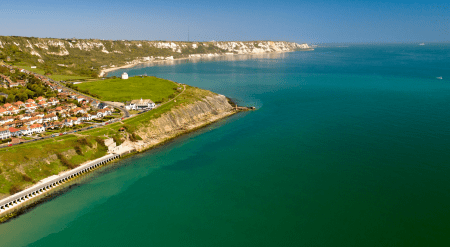
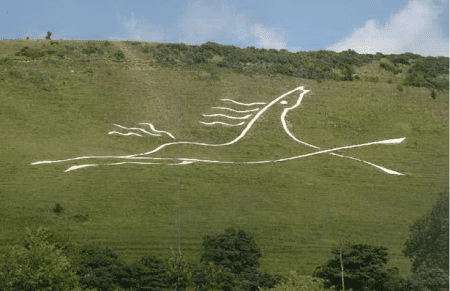
FOLKESTONE WHITE HORSE
Completed in 2003, the Folkestone White Horse is the youngest hill figure in the UK. Overlooking the Channel Tunnel terminal, it was originally planned as a millennium landmark and conceived and designed by local artist Charlie Newington.
Work began after many delays, with chalk blocks laid on the ground rather than cutting into the landscape and its rare flora. Gurkha soldiers spent seven days building the image, completing it in the summer of 2003. Later, in 2004, a time capsule was buried beneath the horse’s heart.
The horse is on a steep slope, and the land is a SSSI (Site of Special Scientific Interest) and a SAC (Special Area of Conservation), so take care when visiting. Great views of the horse can be enjoyed from across Folkestone, including from the public footpath beneath the hill.
Alternatively, the North Downs Way runs above the white horse, boasting panoramic views across Folkestone, the Strait of Dover and even to France on a clear day.
ELHAM
This picturesque village is home to the Elham Valley Way, stretching from Hythe to Canterbury.
Elham itself boasts 43 listed buildings, telling a long history from the late medieval church of St. Mary, fine timber-framed Tudor houses, to the former coaching inn the Rose and Crown. Charles II may or may not have hidden in the chimney at the Abbots Fireside hotel…
On matters more physical, there is a fantastic selection of both circular and linear walking routes for all abilities, along with pubs and restaurants focussing on local produce, farm shops, a twice-monthly farmers’ market and even the nearby Elham Valley Vineyard for Kentish wines. www.vineyardgardencentre.co.uk
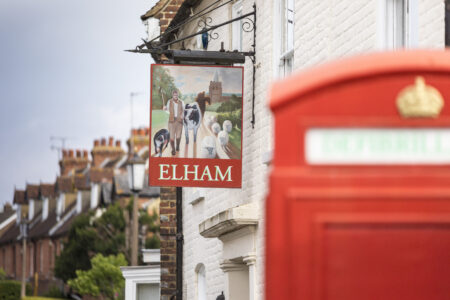
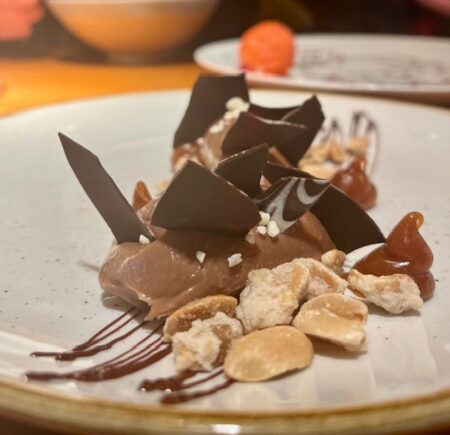
FARTHING COMMON
Northwest of Folkestone, this area of common land is one of the highest points of the North Downs at 185 metres above sea level and on a clear day enjoys far reaching views across Kent and the cliffs at Fairlight in Sussex and even the South Downs.
Well worth the stop before you head on down the hill into Hythe, or check out the Tiger Inn at Stowting for lunch! www.tigerinn.co.uk
HAWKINGE
This little village, situated in beautiful countryside just outside Folkestone, has a rich history, especially for its role in World War II.
RAF Hawkinge was the closest operational airfield to France, playing a major part in the Battle of Britain, and still hosts many reminders of this period of our history.
The Battle of Britain Memorial Museum features a collection of aircraft, memorabilia, and exhibits that tell the story of the battle, in honour of the brave pilots and their support crews. Visitors can also take a guided tour of the museum and learn about the history of the area. www.kbobm.org
Hawkinge Cemetery is near the site of the aerodrome and most of the 95 Second World War casualties buried there were airmen. About a quarter were killed during the Battle of Britain. Most of the war graves are in a special plot east of the chapel, including 59 German graves, which are together in a group at the south-eastern corner.
Hawkinge is also home to a number of beautiful parks and nature reserves. The Hawkinge Community Centre and Country Park is a popular destination for families and nature lovers.
The park features a playground, picnic area, and a variety of walking trails. The park is also home to a number of rare bird species and is a great place for birdwatching.

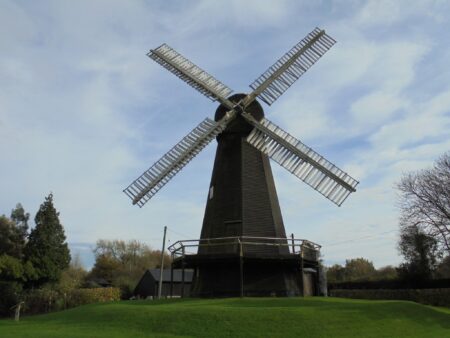
STELLING MINNIS
Stelling Minnis Common is one of the few unenclosed extensive areas of common land and has a great traditional pub to boot!
A slightly unusual aspect of this area (where we are famed for Romney Marsh sheep) is that cattle graze the common – this fairly recent reintroduction helps maintain the unique range of plants such as heather, harebell and western gorse that still survive here. Unlike mechanical mowing, selective grazing removes the coarse and less desirable plant species, leaving behind a mosaic of short and longer grass areas.
The Stelling Minnis Windmill and Museum, housed in a completely renovated Grade One listed wooden smock mill, tells the story of mills and millers, local agriculture and also does amazing cream teas in the summer. www.stelling-minnis.co.uk/windmill